IV Therapy is an intravenous treatment, involves administering fluids, electrolytes, intravenous medications, and parenteral nutrition directly into the body through the veins. This therapy is commonly seen in hospitals, particularly for inpatients. So, what exactly is IV therapy and how is it performed? Let’s delve into the details!
What is IV Therapy?

IV Therapy, derived from the Latin words ‘Intra,’ meaning ‘within,’ and ‘vena,’ meaning ‘vein,’ refers to the procedure of delivering medications, fluids, and nutrients directly into the patient’s bloodstream using a needle and infusion tubing.
Medically, intravenous refers to the method of administering medication, fluids, or nutrients directly into a patient’s bloodstream through a vein using a needle and infusion tubing. Typically, IV therapy is employed for medical conditions where oral medication is insufficient or impractical, necessitating swift intervention via intravenous means.
What is The Purpose of IV Therapy?
Not all patients require intravenous therapy. Some indications for patients who need intravenous therapy include those in emergency situations, dehydration, shock, or patients who require a rapid response to medication administration.
The purpose of IV therapy is to:
- Provide or replenish body fluids containing water, electrolytes, vitamins, proteins, fats, and calories that cannot be adequately maintained orally.
- Correct acid-base balance.
- Establish a route for medication administration within the body.
- Monitor central venous pressure (CVP).
- Provide nutrition when the digestive system is at rest.
How Do You Perform IV Therapy?
To perform IV therapy, several steps need to be followed:
- Explain the procedure to the patient.
- Gather necessary equipment.
- Position the patient appropriately.
- Wash hands.
- Place a pad under the limb for infusion.
- Hang the fluid bottle on the infusion stand.
- Clean the bottle cap with alcohol.
- Open the infusion device, remove air from the tube or needle, insert it into the bottle cap.
- Insert the needle, release the clamp, expel air from the tube, fill the fluid drop chamber, then clamp the tube.
- Use a tourniquet to make the vein visible.
- Cleanse the skin with alcohol.
- Insert the infusion needle with the needle pointing upwards, release the tourniquet once blood flows into the infusion tube, then loosen the clamp to observe the smooth flow of fluid.
- Calculate fluid as per instructions.
- Secure the needle hub with a plaster or IV dressing.
What Do You Need to Perform IV Therapy?
Every medical procedure requires specific equipment, and IV therapy is no exception. It requires various tools, commonly known as IV insertion equipment. These include:
1. Infusion Set

An infusion set comprises a complete set of tools designed to regulate the flow of infusion fluid into the bloodstream. Its components include an infusion needle, infusion tubing, a valve (to control the flow of infusion fluid and prevent backflow), a filter (to screen out large particles or air trapped in the fluid), a connector (to link the infusion tubing to the fluid bag), and a stopper (to seal the end of the infusion needle when not in use).
2. Tourniquet
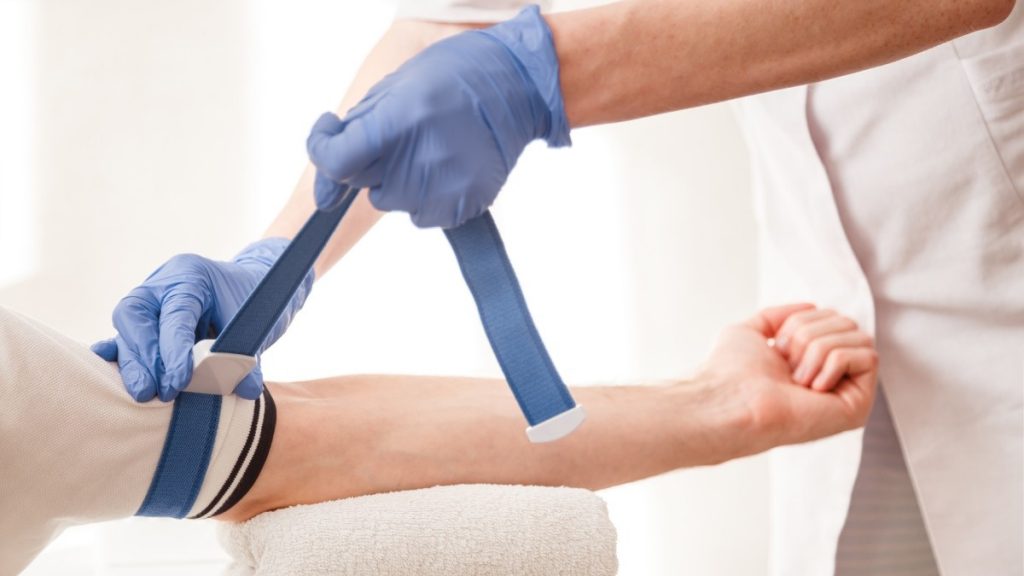
Tourniquet, also known as a blood flow restrictor, serves to constrict veins, ensuring clear visibility at the infusion site. It’s utilized to control blood flow in veins by applying or releasing pressure for a specific duration.
3.Alcohol Swabs
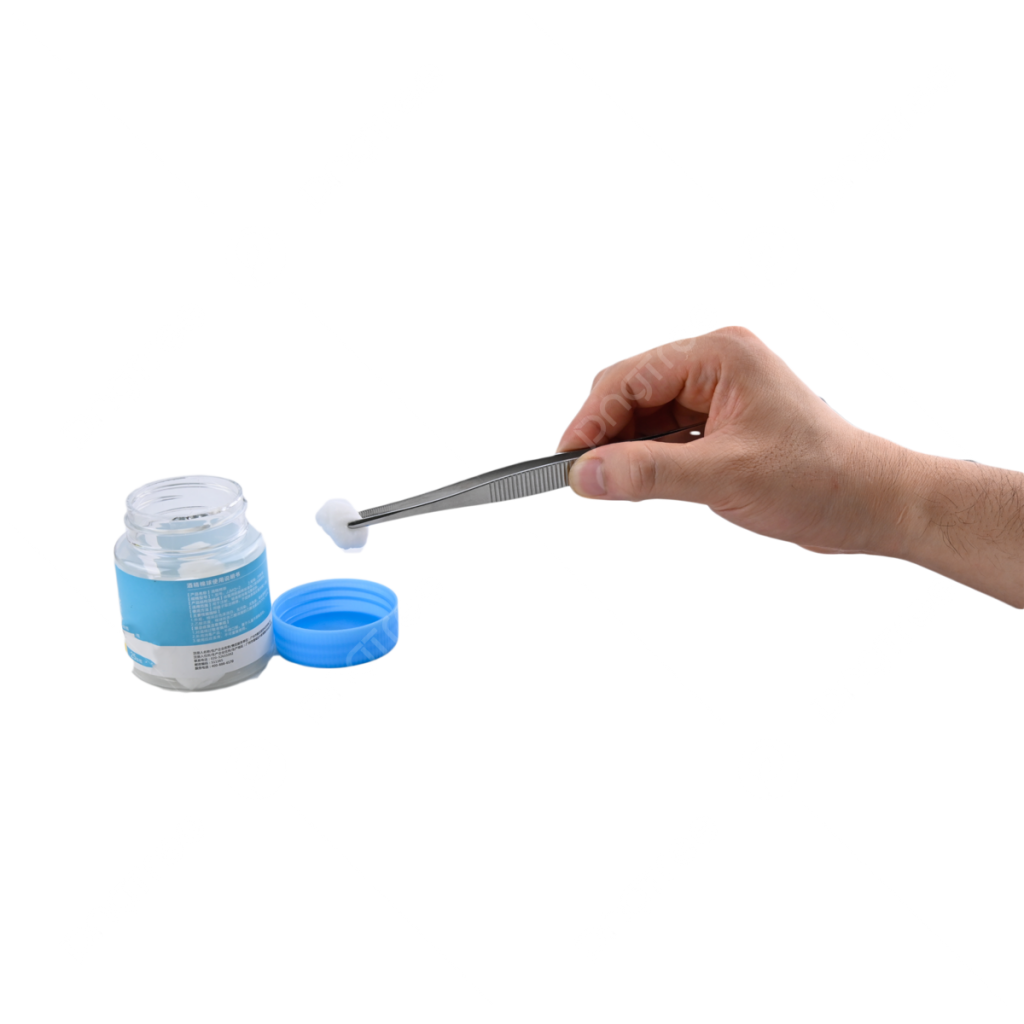
Used for skin disinfection before infusion to prevent infection.
4. Curved Nephrostomy Set

Used for cutting infusion tubing during setup.
5. IV Dressing
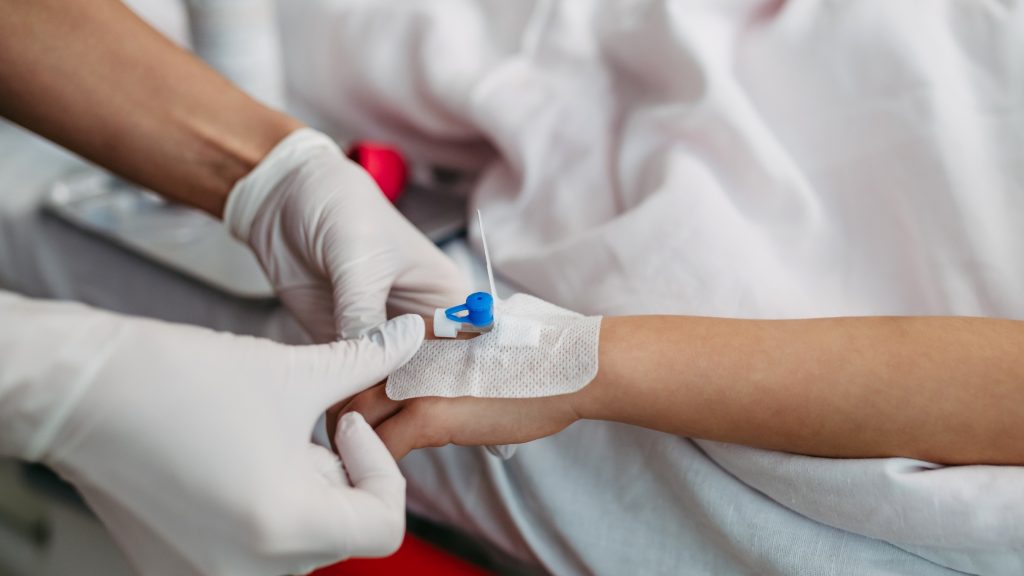
Transparent plaster used to secure the infusion needle in place.
6. Intravenous Fluids
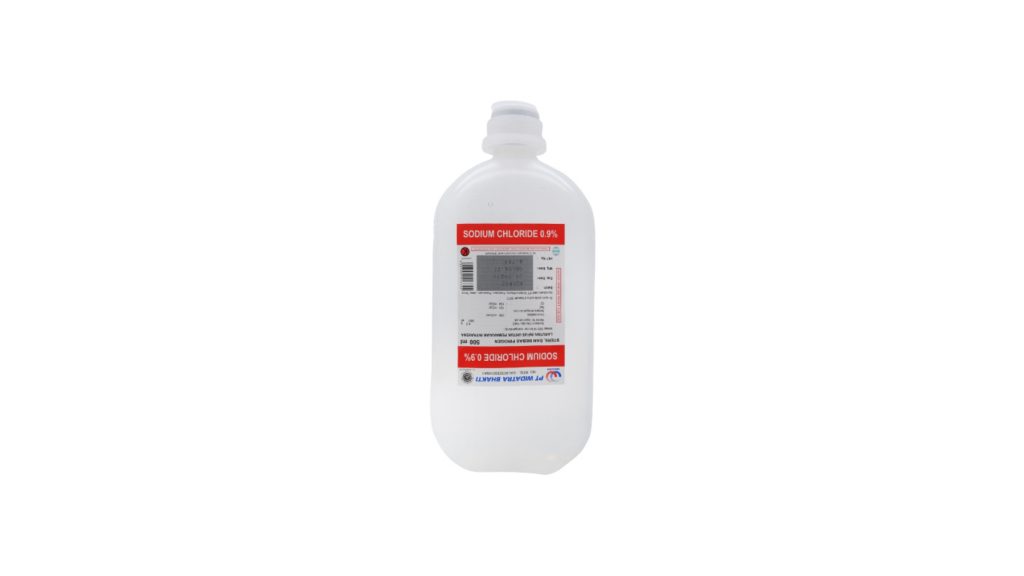
Intravenous fluids used for therapy include Nutrient Solution, Electrolyte Solution, Alkalizing Solution, Acidifying Solution, and blood volume expanders like Desktran, Plasma, and Human Serum Albumin.
7. Stainless Steel Infusion Stand
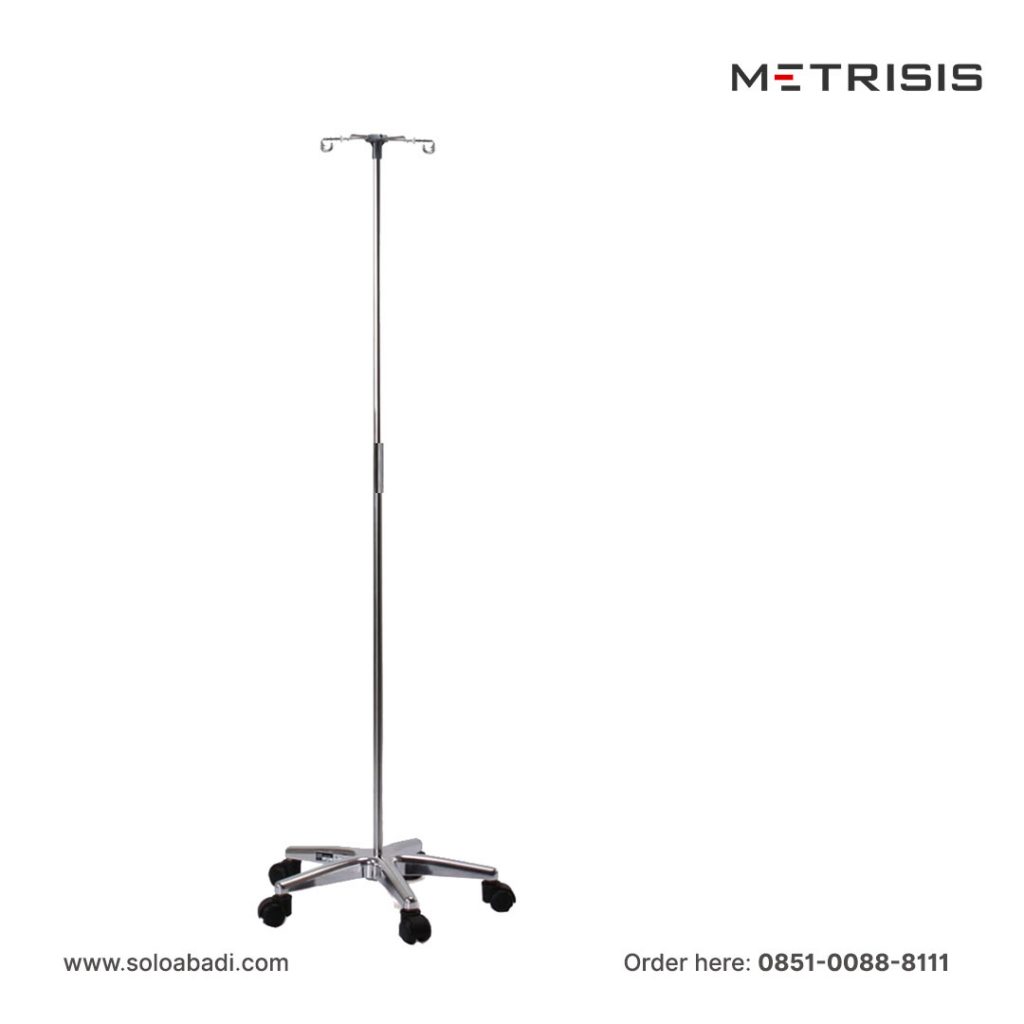
Stainless Steel Portable Infusion Stands are highly recommended by the Ministry of Health. Besides their durability and long lifespan, stainless steel infusion stands, especially those designed with 5 wheels and 4 hooks, facilitate healthcare professionals.
The function of an infusion stand is to smoothly administer fluids into the bloodstream. The height of the infusion bag also affects the speed or intensity of the fluid. Therefore, it’s advisable to choose an infusion stand with adjustable height.
8. Disposable Gloves
Used to protect against direct contact with blood or bodily fluids during IV therapy setup.
Looking to purchase Stainless Steel Infusion Stands for IV Therapy?
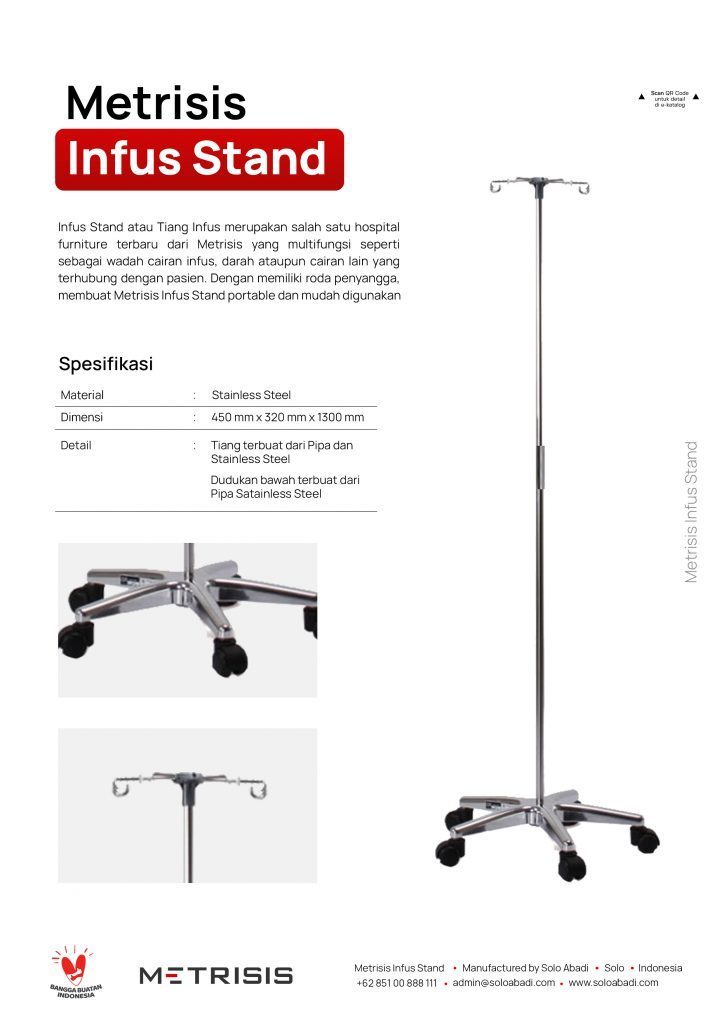
PT Solo Abadi Indonesia, a trusted manufacture of healthcare equipment, offers a wide range of products, including patient examination tables, with a one-year warranty. Contact us via Instagram, our website, or WhatsApp for inquiries and the best deals!
You can access our best Customer Service through various platforms, such as Instagram @soloabadi, our website www.soloabadi.com, and our WhatsApp.
For the price of METRISIS Infusion Stands, you can contact our Sales or Customer Service. We prioritize the functionality and service of our products, allowing us to customize them according to your needs.
Contact us now to get the best deals on Examination Tables through Sales and Customer Service on WhatsApp.


